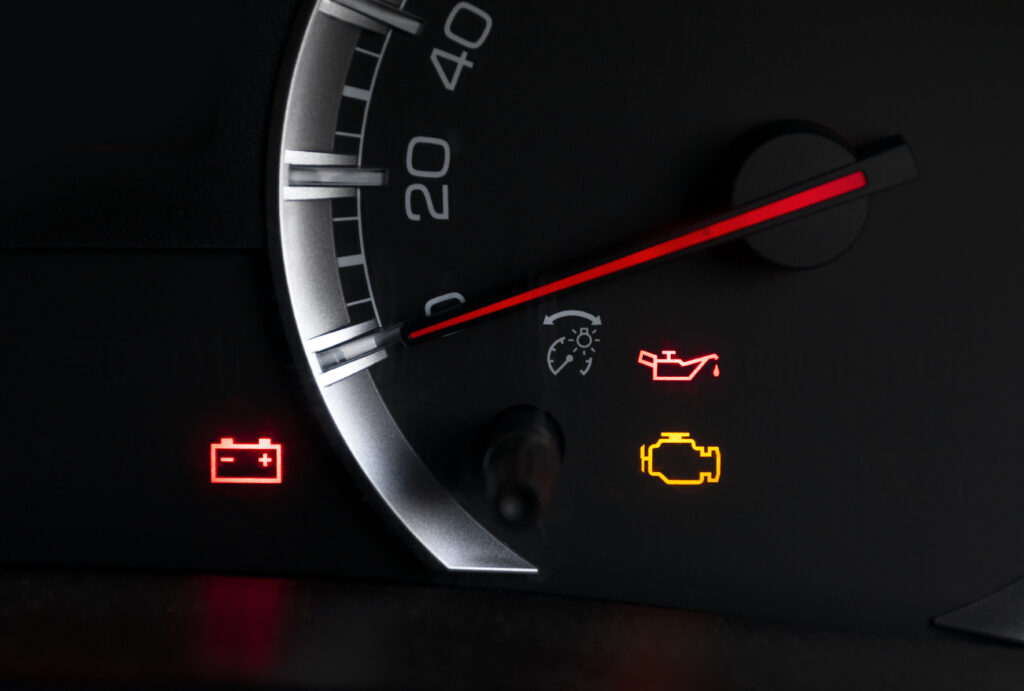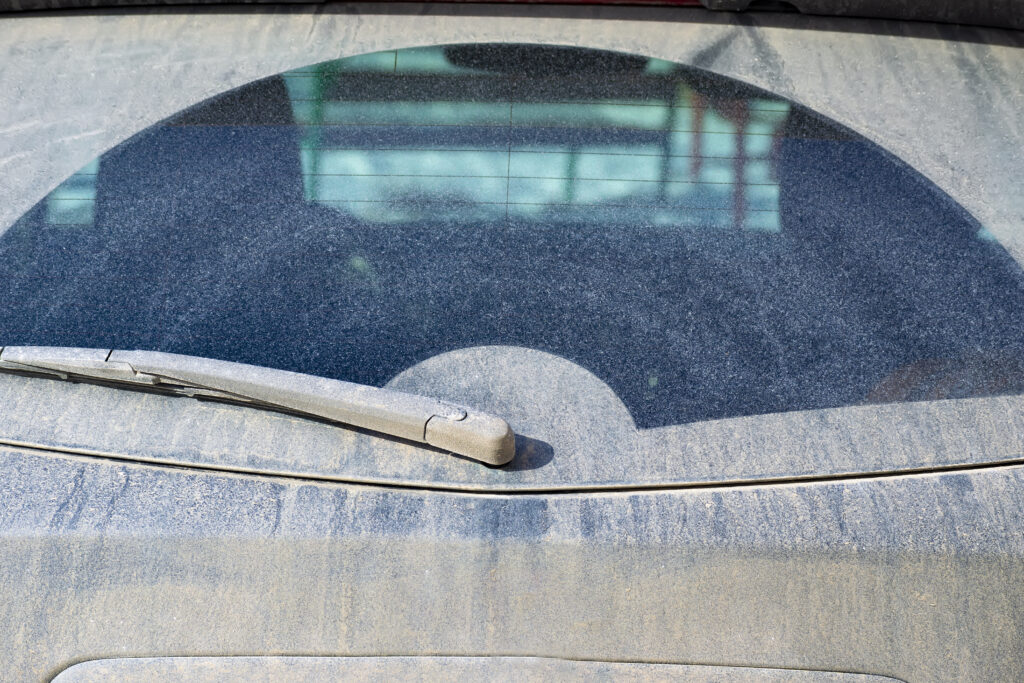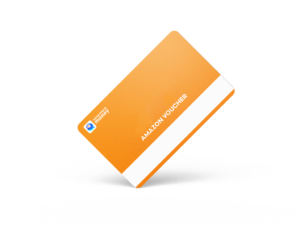
Having breakdown insurance coverage for your vehicle can offer great peace of mind that even if the worst does happen, help is accessible and affordable. But, even with extensive cover, no one wants something to go wrong.
Unexpectedly breaking down or getting into a motor accident not only interrupts your travel plans, but it can be stressful, cost money, and even leave you in an unsafe situation. And, while there’s nothing you can do to completely remove the risk, there are some checks you should carry out before you drive (particularly if you’re travelling a long distance) that can reduce the likelihood of mechanical issues.
In this article, we’ll run through 5 of the things you can do to reduce the chances of motor breakdowns as well as instructions on how to carry out the checks, including:
- Checking your tyres
- Checking your oil levels
- Checking your windscreen and screen wash
- Checking your brakes
- Checking your lights
Also see: What are the benefits of motor breakdown insurance
Checking your tyres
Checking your tyres before driving is crucial for road safety, particularly if there are wet or icy weather conditions. By ensuring your tyres are in good condition, you enhance your vehicle’s performance, handling and overall safety, meaning you’re less likely to experience flat tyres, blowouts, or loss of control while driving. This simple maintenance routine can save you time, money and potentially save lives on the road.
How to check your tyres:
If you want to check your tyres and ensure they’re in a driving-worth condition, start by examining the pressure using a pressure gauge or, if you don’t own a pressure gauge, you can usually find one at your local petrol station.
Next, inspect the tyre tread depth with a tread depth gauge as worn treads reduce grip, especially on wet roads, increasing the risk of accidents. The legal minimum in the UK is 1.6mm (Highway Code).
Additionally, look for cuts, bulges, or any signs of damage on the tyre’s sidewalls that could lead to a blowout.

Checking your oil levels
Checking your oil levels is crucial to ensure your car’s engine is functioning properly.
Engine oil lubricates the moving parts, reduces friction and helps dissipate heat from the engine. As a result, if you fail to check your oil and it’s low, several issues can arise. Insufficient oil and increased friction can cause parts to wear out quickly and potentially lead to overheating or even engine failure. This neglect can result in costly repairs and leave you stranded on the road, disrupting your journey and potentially putting you in a dangerous situation.
How to check your oil:
To check your oil levels, park your vehicle on a level surface, wait for the engine to cool down and locate the dipstick (usually with a brightly coloured handle). Remove the dipstick, wipe it clean, reinsert it fully and then pull it out again to check the oil level. The oil level should fall between the ‘minimum’ and ‘maximum’ marks on the dipstick. If it’s low, add the appropriate type of oil as per your vehicle’s manual.
Regularly monitoring and maintaining proper oil levels can ensure a smooth and trouble-free drive, especially before long trips.
Checking your windscreen and screen wash
Ensuring your windscreen is clear and your screen wash is topped up is always something to consider for safe driving.
A clean windscreen provides optimal visibility, making spotting hazards and navigating different road conditions an easier task. Additionally, screen wash helps remove dirt and bugs, helping you maintain a clear windshield and unobstructed vision.
Neglecting these simple tasks can lead to reduced visibility, increasing the risk of accidents, especially during long journeys where driving conditions can vary and dirt, water and bugs can be splashed onto your screen.
How to check your windscreen and screen wash
To check your screen wash, locate the compartment below your bonnet marked with a windshield symbol and ensure it is filled with a suitable cleaning solution.
And, when checking your windscreen, inspect it for any cracks, chips or dirt buildup that could hinder your visibility.

Checking your brakes
When embarking on any length of drive, your car’s brakes are absolutely essential to your safety and the safety of other road users, and driving with ineffective brakes could put you in an extremely dangerous scenario.
Regular brake inspections can detect potential issues such as worn brake pads, leaking brake fluid and brake system malfunctions that could compromise your ability to stop efficiently. Therefore, neglecting to make these checks before any journey, particularly a long one, could lead to brake failure, reduced braking performance, longer stopping distances or even accidents due to the inability to stop in time.
How to check your brakes:
To check your brakes, start by visually inspecting the brake pads through your car’s wheels. If the pads appear thin or worn out, they may need replacement. You’ll also need to listen for any unusual noises while braking, such as grinding or squealing, which could indicate brake issues. Additionally, pay attention to any vibrations or changes in how the brake pedal feels when pressed.
If you notice any of these signs or if it’s been a while since your last brake inspection, you might want to consider asking a mechanic to examine your brakes to ensure they are in optimal condition for your trip.
Also see: 5 things that could invalidate your breakdown insurance
Checking your lights
Properly functioning lights not only help you see the road ahead but also make your vehicle visible to other drivers, especially in low-light conditions or bad weather.
If it turns out there’s something wrong, neglecting to check your lights before a long journey can result in reduced visibility, making it difficult for you to see obstacles or for other drivers to see you. This can increase the risk of accidents, particularly during night driving.
How to check your lights:
To check your car’s lights, start by inspecting all exterior lights, including headlights, taillights, brake lights, turn signals and hazard lights (you might need to enlist a friend or a family member to help you do this). Make sure they are clean, undamaged and illuminated properly, then replace any bulbs that are dim, flickering or not working at all.
Additionally, ensure that your headlights are properly aligned to provide optimal visibility without blinding oncoming drivers.
The bottom line
Ensuring you carry out these checks regularly, particularly if you’re planning to take a long journey, can drastically reduce the risk of vehicle breakdowns and accidents. However, as we mentioned previously, there’s no sure-fire way to eradicate that risk entirely.
So, if you are looking for an insurance policy that can offer you some peace of mind while you are on the road, taking out motor breakdown insurance could be something to consider.
If you’re looking for a policy that offers a variety of cover types, Save More Money’s Motor Breakdown Insurance from £24.88 per year could be the policy for you. Alternatively, if you’ve recently purchased a vehicle.


